How I Like to Dice An Onion – Dice or Slice or Cut
Dicing an onion is a fundamental culinary skill every home cook should master. Onions are a staple ingredient in countless recipes, adding depth, flavor, and aroma to various dishes, from soups and stews to salads and sautés.
However, chopping an onion can be intimidating for some, especially if they fear tears and uneven pieces. In this post, I’ll demystify dicing an onion, breaking it down into simple, manageable steps. We’ll also discuss the essential knife skills and techniques to save you time in the kitchen and improve your overall cooking experience.
Whether preparing a classic onion soup, a savory stir-fry, or a fresh salsa, knowing how to dice an onion correctly will enhance your dishes and give you confidence in your culinary abilities. You’ll find dicing onions easy and enjoyable with a bit of practice.
Join me as I explore the ins and outs of this essential skill, complete with tips and tricks to make the process as efficient and tear-free as possible!
Tips to Consider When You Dice an Onion
- Dicing an onion involves specific cutting techniques to achieve uniform pieces. Here are a few essential cutting techniques to help you dice an onion effectively:
Peeling the Onion:
- Start by cutting off the top of the onion (the stem end) while leaving the root end intact. This helps keep the layers together. Peel off the outer skin and any tough layers.
Halving:
- Place the onion flat on your cutting board, cut it in half from the top to the root end. This provides a stable base for dicing.
Horizontal Cuts:
- With the cut side facing down, make horizontal slices into the onion, starting near the root but not cutting all the way through. The number of cuts will depend on how small you want your dice.
Vertical Cuts:
- Next, make vertical cuts from top to bottom, again stopping just short of the root end. This creates a grid pattern in the onion.
Dicing:
- Finally, turn the onion and slice across the vertical cuts to create uniform diced pieces. The size of the dice can be adjusted based on the width of your cuts.
Using a Sharp Knife:
- Always use a sharp chef’s knife for better control and cleaner cuts, which reduces the chances of squishing the onion.
Chopping the Root End:
- Once you’ve diced the onion, you can trim the root end off. This will help release any remaining layers and make it easier to clean up.
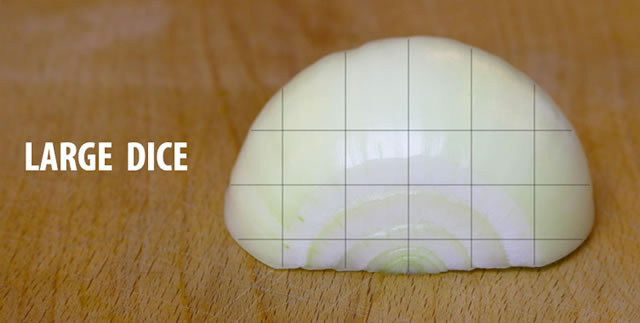
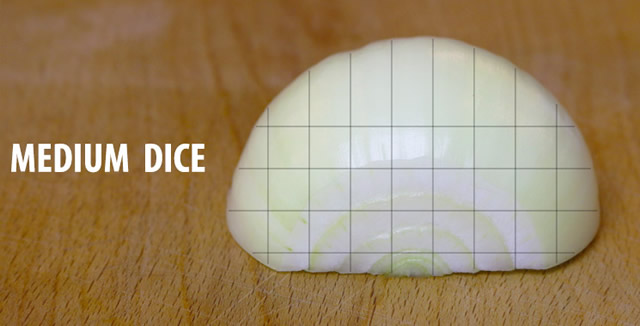

Other Styles of Dicing an Onion
Yes, there are several other methods for dicing an onion, some of which can save time or suit different preferences. Here are a few additional techniques:
The Rocking Technique:
After halving the onion, place one half cut side down and hold it securely with your non-dominant hand. Use the tip of your knife on the cutting board and rock the blade back and forth to create fine slices, gradually moving through the onion. This technique is great for achieving a fine dice quickly.
Food Processor:
If you’re looking for speed and convenience, a food processor can quickly dice onions. Cut the onion into quarters, remove the root, and pulse in the processor until you achieve the desired size. Be careful not to over-process, as this can create onion puree instead of dice.
Slicing and Then Dicing:
For those who prefer a more straightforward approach, simply slice the onion into thin strips first, then turn the strips and cut across them to create a dice. This method can be quicker for some cooks, especially if they are more comfortable slicing than dicing.
Japanese Knife Techniques:
If you’re familiar with Japanese cooking techniques, you can use the chopstick method to stabilize the onion while dicing. Insert chopsticks into the root end, then slice the onion in a grid pattern. This method helps keep the onion steady and prevents it from rolling.
Onion Dicer Tools:
Various kitchen gadgets, such as onion choppers or dicing tools, are designed to quickly and uniformly dice onions. These tools typically consist of a container with a grid and a press. Place the onion in the container, press down, and you’ll have evenly diced onion pieces.
Brunoise Method:
You can use the brunoise technique for a finer dice (about 1/8 inch). After cutting the onion into thin slices and then into strips, continue to chop the strips finely to create very small, uniform cubes. This method is helpful for garnishes or recipes requiring finely diced onion.
Each method has advantages and can be chosen based on your skill level, the tools available, and the specific recipe you’re preparing.
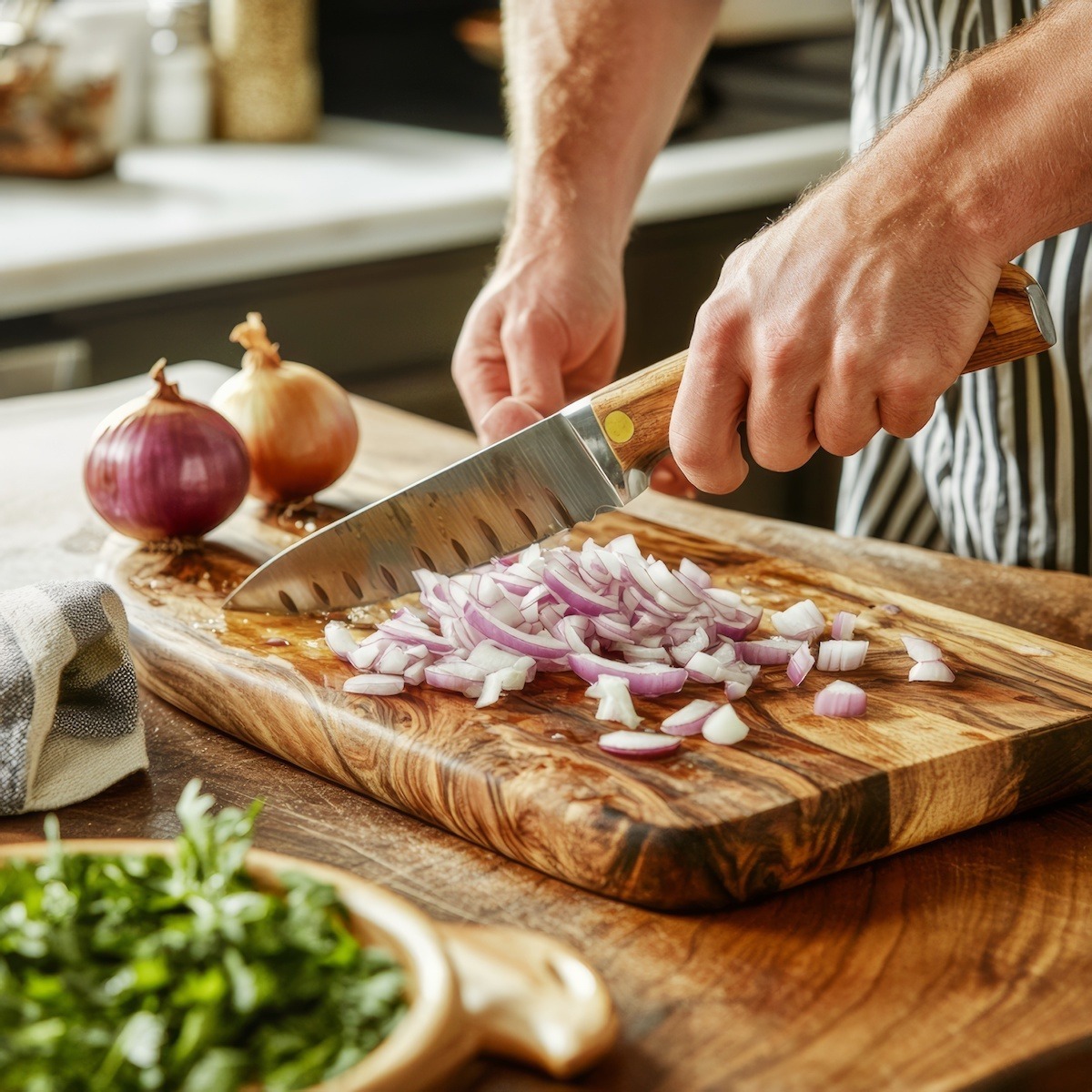
Historical Context:
- Ancient Civilizations: Onions have been cultivated for thousands of years, dating back to ancient civilizations such as the Egyptians, Greeks, and Romans. These cultures used onions not only as food but also for medicinal purposes.
- Culinary Techniques: The techniques for cutting vegetables, including onions, were likely developed as cooking evolved. As culinary practices became more sophisticated, so did the methods of preparation. Dicing, as a specific technique, likely emerged as cooks aimed for uniformity in cooking and presentation.
- Culinary Arts: In modern culinary arts, techniques such as dicing have been standardized and taught in culinary schools, influenced by chefs and culinary experts. French cuisine, emphasizing precise knife skills, significantly popularized various cutting techniques, including dicing.
In essence, the practice of dicing onions results from collective culinary evolution rather than the invention of a single person. It reflects the development of cooking techniques, influenced by various cultures and culinary traditions. Dicing is a foundational skill taught to aspiring chefs and home cooks today.

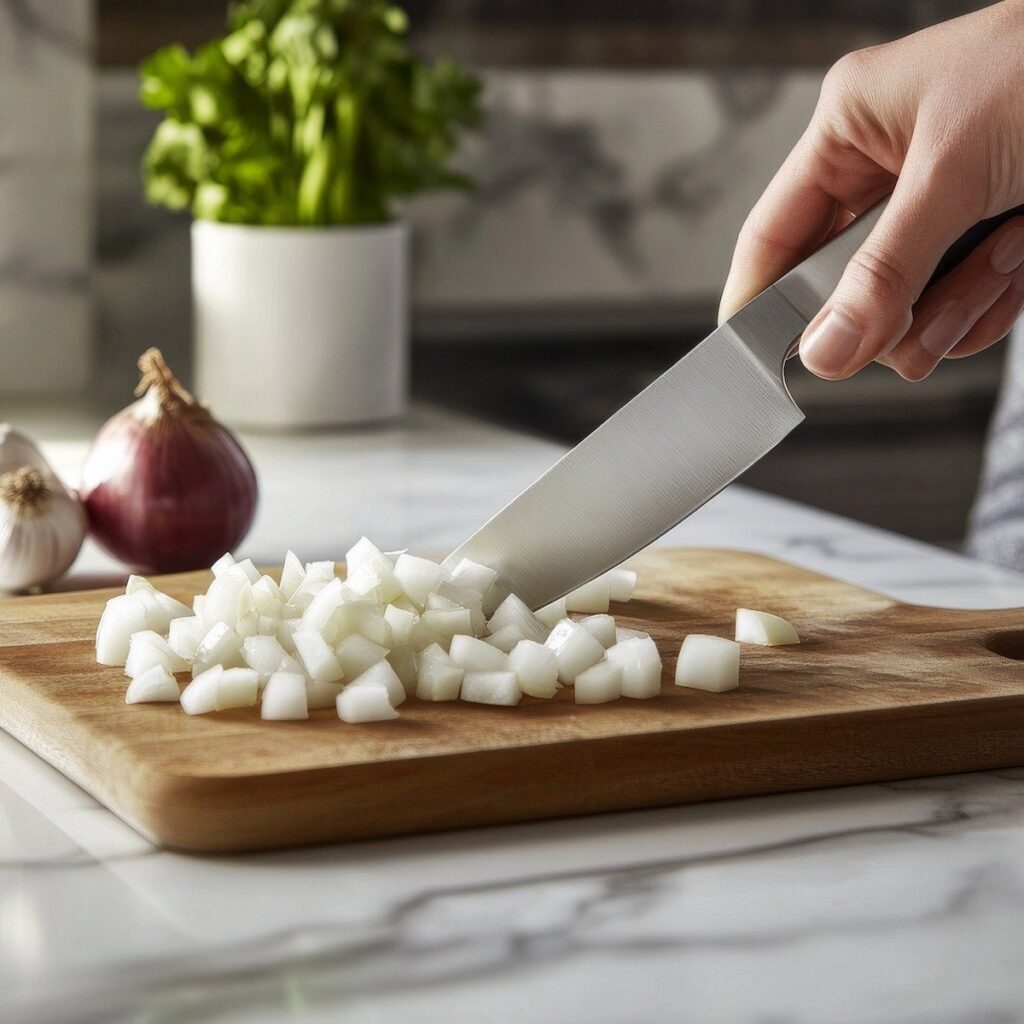
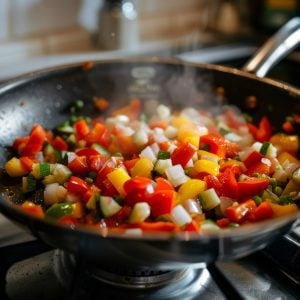

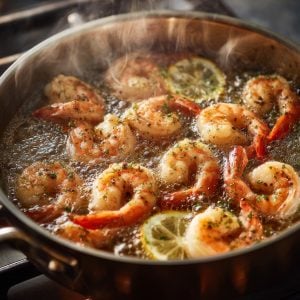


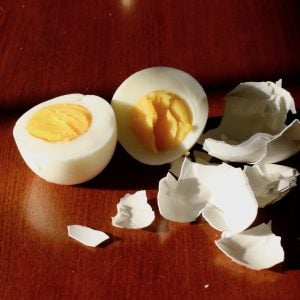

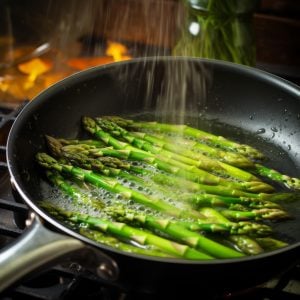
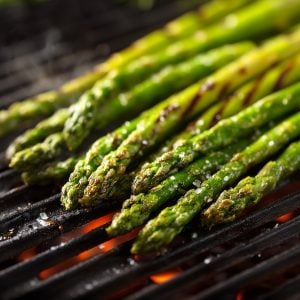


3 Responses
Great teaching tool learned how to do it the right way ..thank you
Very wasteful! A huge portion of the root end is thrown away, as well as a rather large end of the blossom part.
Better to just cut minimally on the root and blossom, peel it, and then just do vertical cuts angled toward the center axis longitudinally, then slice transversely. The onion’s layers themselves will separate and the result is consistently sized pieces with minimal waste.
But Chef Mohr’s method is taught as gospel in the culinary schools, and Gabriel’s horn must blow before they’d consider a change from “the right way”.
Nice demonstration! To the “comment “ re: waste. So what, onions are cheap and plentiful. Dicing properly utilized maximum usage anyway. Further more, I thought he efficiently diced the demonstrated half anyway!